Blue Death Feigning Beetle Facts
- The name this fabulous work of Nature and evolution most frequently goes by is the intriguing one of the Blue Death Feigning Beetle. That name remains unique, to put it mildly. The term also serves as perfectly fitting, and descriptive, however.
- The attention-grabbing term certainly seems more poetic than its formal scientific one. That’s because it also bears the somewhat hard to pronounce name of Asbolus verrucosus. The first acknowledgement of it as a distinct species occurred in 1851.
- Yet sadly, scientists studying the invertebrate do not know much about this insect. This fact comes as something of a surprise, given recent developments. That holds true due to the fact that the species is rapidly becoming quite popular in the pet trade.
- The common name further derives from the combination of two factors. The first, obviously, stems from its color. The second, though, is the behavior of the species. When threatened, it reacts in a way the name implies, literally pretending to be dead.
- Thankfully, its numbers in the wild appear to be stable. Therefore, the IUCN does not have a listing of the species. It doubtless faces the same potential threats as many other species with similar habitats, though. These include habitat loss and climate change.
Related Articles
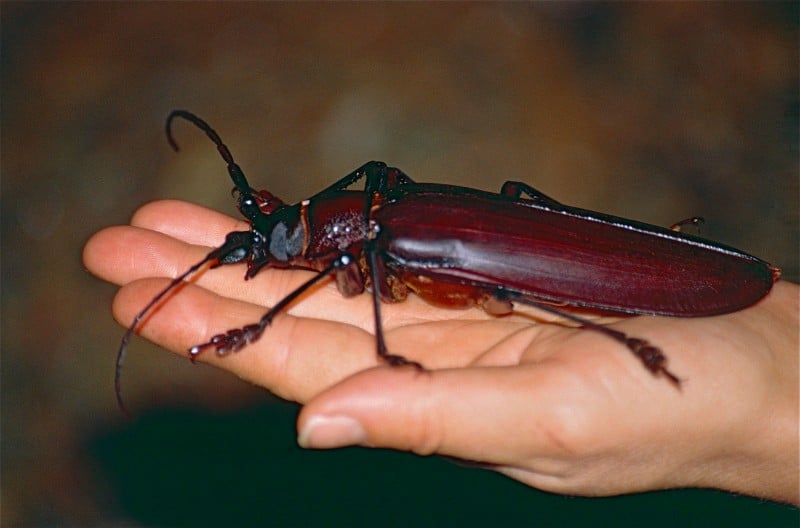
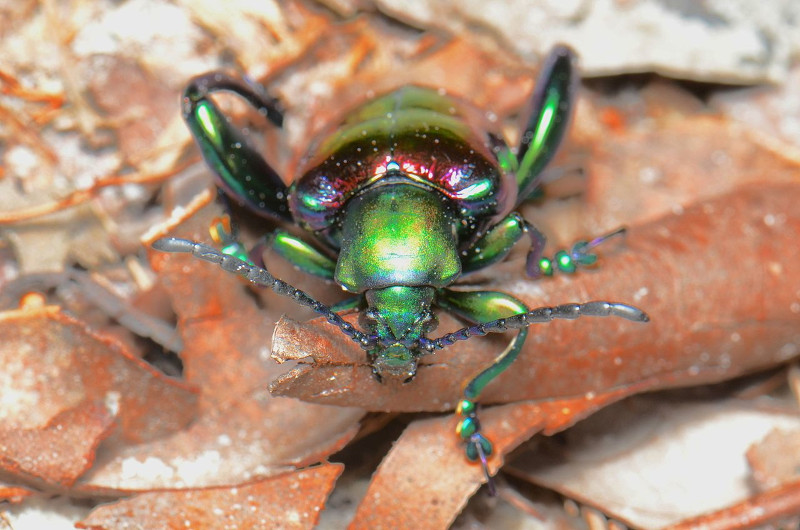
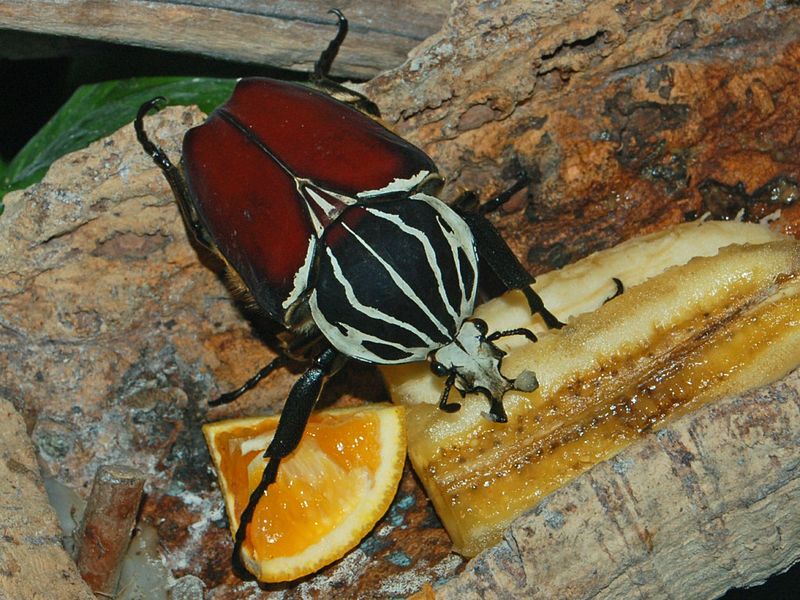
Blue Death Feigning Beetle Physical Description
Perhaps most notably, the remarkable Blue Death Feigning Beetle actually develops as black in color. A simple explanation clarifies the confusion over its coloring, however. That’s because the blue comes from a chemical coating that it secretes from its body at will.
Amazingly, such a rather interesting adaptation does serve a fully functional purpose, however. This coating serves to protect it from the harmful effects of sunlight. Given the heat and aridity of its native environment, this is a vital evolutionary trait.
This fascinating invertebrate also merits full attention and appreciation despite its sheer physical size. That’s true since, in actuality, this wonder of natural evolution developed as quite small in size. A total overall length averages between 0.7 – 0.8 in (18 – 21 mm).
The fascinating Blue Death Feigning Beetle also displays the physiological characteristic of sexual dimorphism. In its case, though, this trait only manifests to a very small degree. Males typically average about 0.5 mm smaller in size than the females of the remarkable species.
- Kingdom: Animalia
- Phylum: Arthropoda
- Class: Insecta
- Order: Coleoptera
- Family: Tenebrionidae
- Genus: Asbolus
- Species: A. verrucosus
Blue Death Feigning Beetle Distribution, Habitat, and Ecology
The truly remarkable Blue Death Feigning Beetle evolved as endemic to a region of the globe many might automatically think of as devoid of significant concentrations of life. That’s due to its apparently developing as native to the desert regions of North America.
Within that general region, however, it shows decided preferences in its choice of habitat range. The great majority of its population appears in the northwest section of the continental United States. Yet its own nature further restricts its zone of habitation.
In that portion of the continent, it shows definite preferences for its choice of habitat. Given the nature of its environment, this represents a vital necessity. As a result, the arthropod typically appears crawling either on or around the protective shelter of sand dunes.
Additionally, although it hunts by both day and night, the invertebrate remains primarily nocturnal. The fascinating creature also appears to mainly be an opportunistic feeder. As a result, it principally consumes a variety of plants, as well as any carrion available.
In conclusion, the remarkable Blue Death Feigning Beetle also appears to be extremely long-lived, at least compared to related species. That’s because it can live for as long as ten years. Unfortunately, this only serves to make it even more popular as an exotic pet.
Species Sharing Its Range
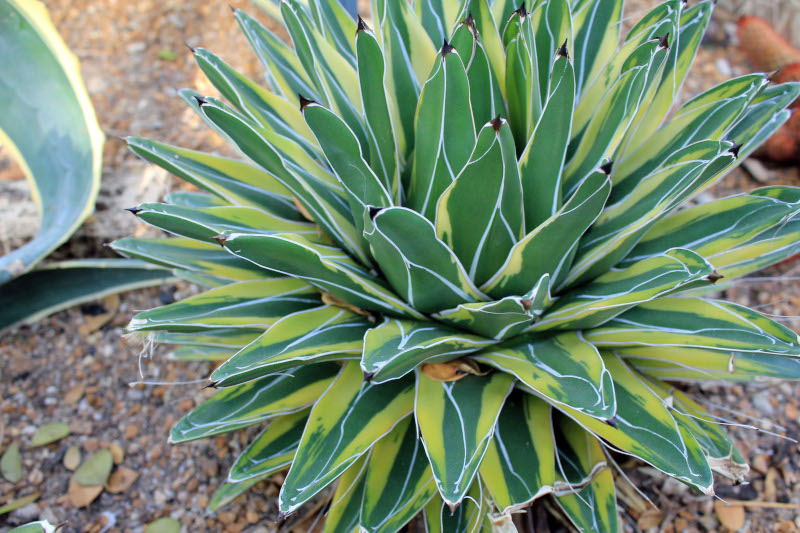
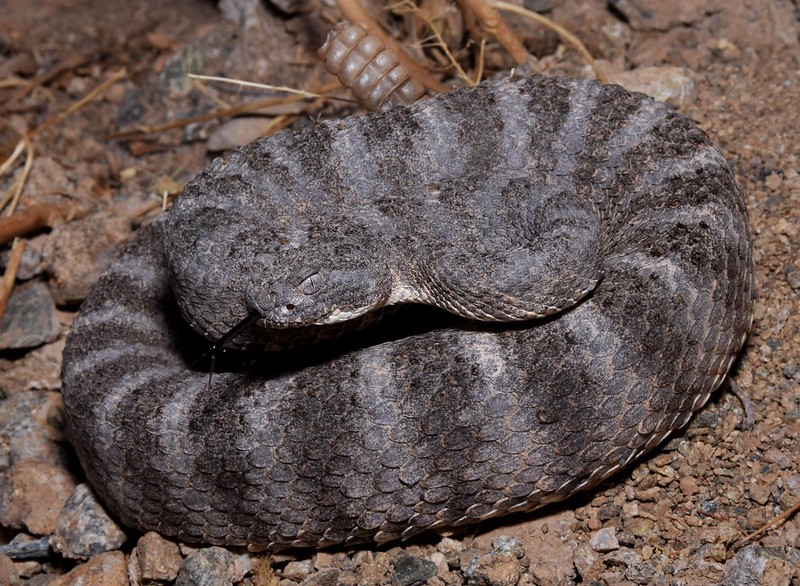
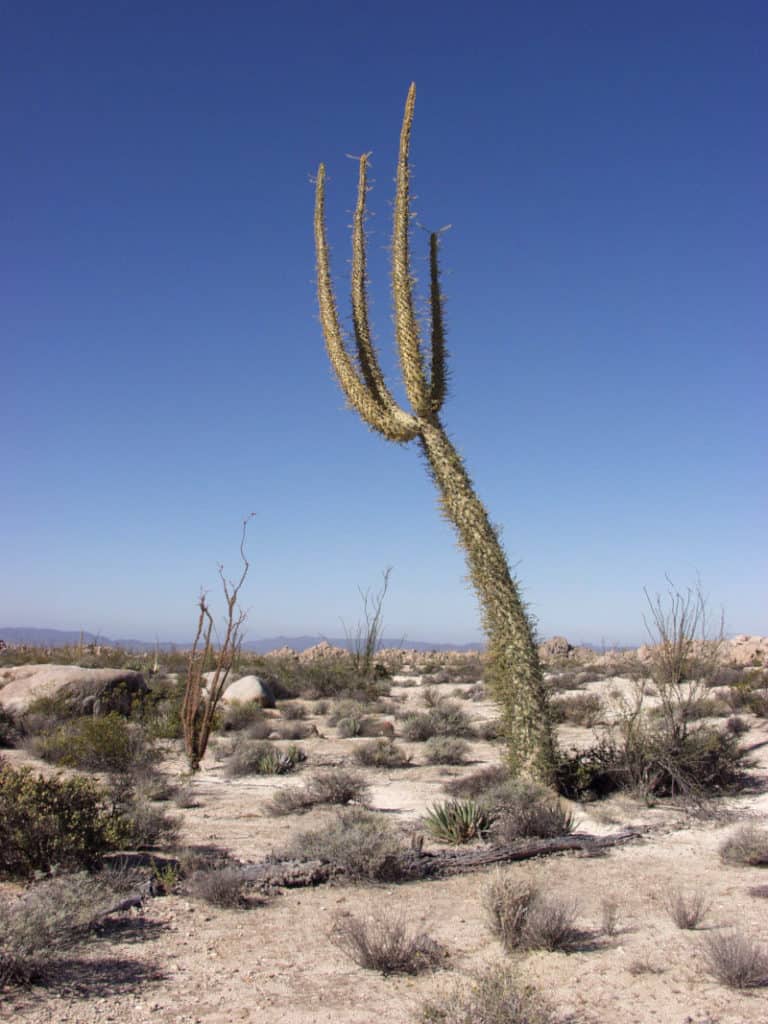
Check out our other articles on 4 of the Threatened Herbaceous Plants of Asia, Pocket Shark, Fly Geyser, Green Anaconda, Palos Verdes blue, Black Rain Frog, Scottish Wildcat, Executioner Wasp

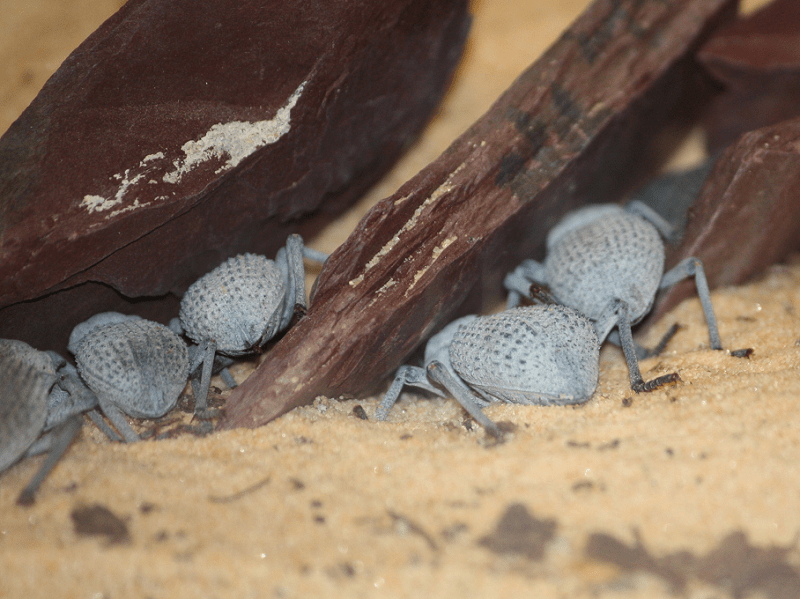
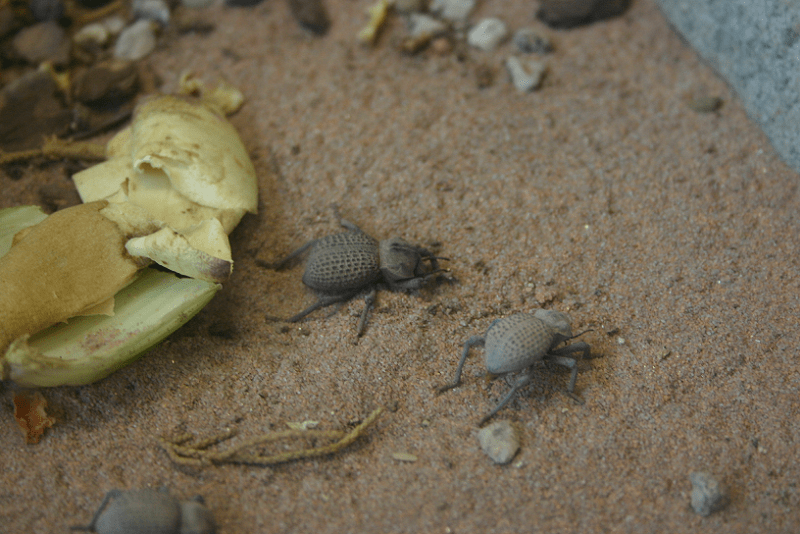









Leave a Reply